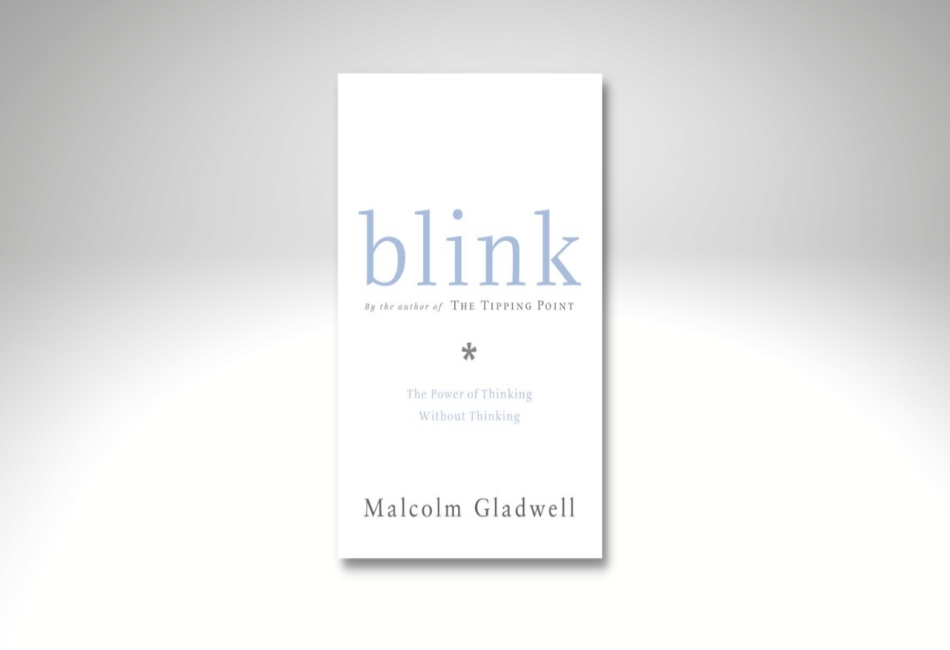Blink Decisions: How Instant Habits Shape What People Choose
You’re waiting for your coffee. Your hand’s already in your pocket. Scroll, search, click, you just made a decision and did not even realize it. These minor decisions occur hundreds of times every day. They are influencing the purchases, the locations that people visit, and the brands that emerge triumphant without uttering a single word.
What are Micro-Moments and Why They Matter
Micro-moments are those quick decisions we make on the go. They’re unplanned but important. You want to know something, do something, go somewhere, or buy right now. No funnel, no warm-up, just action.
Picture this. Someone hears about a boxing match starting in 10 minutes. They open their phone, search live odds, skim a few options, and spot a bonus parimatch that offers extra value right on the homepage. One click and they’re in. That’s not advertising. That’s timing.
This is how people decide now. They act while walking, waiting, or drinking coffee. If your offer fits their moment, you win. If not, they forget you in three seconds.
It’s Not About Attention Span. It’s About Relevance
People aren’t losing focus. They’re losing patience. If something doesn’t feel relevant within seconds, it gets closed. Not later. Now.
Think about your own habits:
- You scan headlines before reading
- You expect results on page one
- You ignore slow websites, no matter how good the product is
The winners today are those who don’t waste time. They answer the question before it’s asked. They don’t over-explain. They guide the user to a choice without making them think.
Apps, sites, and content that understand this shift don’t just feel better. They perform better. They get clicks, signups, purchases—fast because they respect the user’s time.
How Smart Brands Design for Now, Not Later
Smart teams build for instant decisions. They stop writing for “the journey” and start solving problems in real time. If a product takes five minutes to figure out, that’s four minutes too long.
Here’s what they do instead:
- Use a clean design with one clear next step
- Focus on what people want to do, not what the brand wants to say
- Replace fluff with answers and remove anything that delays action
A travel app shows only flights available tonight. A food delivery service shows what’s still open near you. A sports platform puts live odds right up front. There’s no guessing. Just a choice.
This isn’t a trend. It’s how people think now. Attention goes to whoever makes things easy.
Trust Is Built in Seconds and Lost Even Faster
A slow-loading page breaks trust. So does an outdated design, or three extra clicks just to get to the point. People don’t leave because they’re picky. They leave because they’re busy.
Here’s what keeps them:
- Confidence at a glance. Reviews, ratings, real feedback
- Simplicity. Clear buttons, no clutter
- Consistency. The same quality experience every time
When someone finds what they need fast, they remember. Maybe they don’t thank you. But they come back. They trust the feeling you gave them—that everything just worked.
Conclusion
People don’t need more choices. They need fewer steps. The quicker you make someone come to a decision, the more chance he or she will choose you. Nobody waits to be persuaded: they are in the middle of scrolling, searching, thinking.
The brands that show up at just the right second with exactly what’s needed are the ones people return to. Not because they shouted the loudest. Because they were ready when it mattered, and in a world that moves this fast, timing isn’t everything. It’s the only thing.







